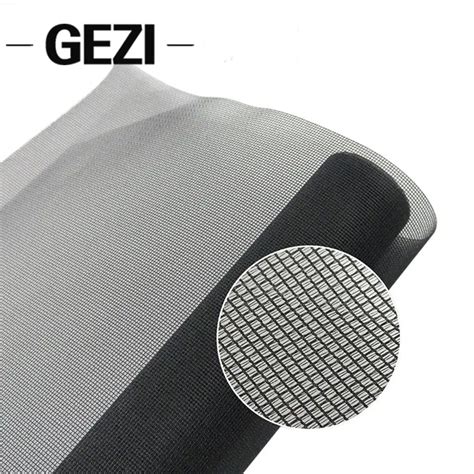Remove Dust & Pollen From Vinyl Windows: A Sparkling Clean Guide
Vinyl windows offer a sleek, low-maintenance alternative to traditional materials, but even these require regular cleaning to maintain their pristine appearance and optimal functionality. Dust, pollen, and other airborne particles can accumulate quickly, clouding the glass and potentially impacting energy efficiency. This comprehensive guide will walk you through the best methods for removing dust and pollen from your vinyl windows, leaving them sparkling and your home feeling fresh.
What's the Best Way to Clean Vinyl Windows?
The best way to clean vinyl windows is with a gentle approach, avoiding harsh chemicals that can damage the frame's finish. A simple solution of warm water and a mild dish soap is usually sufficient. However, tackling pollen requires a slightly more strategic approach, as these stubborn particles can cling tenaciously to the surface. We'll delve into specific techniques below.
How Often Should I Clean My Vinyl Windows?
The frequency of cleaning depends on your environment and personal preference. In areas with high pollen counts or significant air pollution, you may need to clean your windows every few weeks. For most locations, cleaning every few months, or at least seasonally (spring and fall), will suffice. Regular dusting will prevent dirt from building up excessively.
How Do I Remove Stubborn Pollen From My Vinyl Windows?
Pollen's sticky nature can make it particularly challenging to remove. Here's a step-by-step approach:
-
Pre-Clean: Begin by lightly dusting the window frames and glass with a soft brush or microfiber cloth to remove loose pollen. This prevents it from smearing during the washing process.
-
Washing Solution: Mix warm water with a small amount of mild dish soap in a bucket. Avoid using abrasive cleaners or harsh chemicals, as these can scratch the vinyl surface.
-
Washing Technique: Use a soft sponge or microfiber cloth to gently wash the windows, working from top to bottom to prevent streaks. For stubborn pollen, consider using a soft-bristled brush to gently loosen the particles before wiping them away.
-
Rinsing: Rinse the windows thoroughly with clean water to remove all soap residue. A garden hose with a spray nozzle can be helpful, particularly for exterior windows.
-
Drying: Dry the windows with a clean, dry microfiber cloth or squeegee, wiping in an overlapping pattern to prevent streaks. For best results, dry immediately after rinsing.
What Cleaning Supplies Do I Need to Clean Vinyl Windows?
You'll need minimal supplies for effective window cleaning:
- Warm water: This forms the base of your cleaning solution.
- Mild dish soap: Avoid harsh chemicals that could damage the vinyl.
- Microfiber cloths: These are highly absorbent and leave minimal lint.
- Soft sponge or brush: This helps to gently clean the window surfaces.
- Squeegee (optional): For streak-free drying, especially for larger windows.
- Bucket: To hold your cleaning solution.
Can I Use a Pressure Washer to Clean My Vinyl Windows?
While a pressure washer can be effective for removing stubborn dirt, using it on vinyl windows is generally discouraged. The high-pressure water stream can damage the vinyl frame and sealant, potentially leading to leaks or other problems. Stick to gentler methods for cleaning your vinyl windows.
How Can I Prevent Pollen Build-Up on My Windows?
Preventing pollen build-up is easier than cleaning it! Consider these preventative measures:
- Regular dusting: Regularly dust your window frames and sills to prevent pollen accumulation.
- Window screens: Keep your window screens in place during pollen season to help block pollen from entering.
- Air filters: Ensure your home's air filters are clean and regularly changed to filter out airborne allergens.
By following these simple yet effective steps, you can keep your vinyl windows clean, sparkling, and free from the irritating effects of dust and pollen. Remember, gentle cleaning techniques are key to preserving the beauty and longevity of your windows.

